FERTILIZE

Apply fertilizer recommendations from your soil test to blooming shrubs, annuals, and the vegetable garden. Pull back mulch before applying, water in well, then replace mulch to help protect from freeze. Hold off on fertilizing the lawn until April.
WATER

You may need to irrigate this month if rains don’t arrive. Monitor new seedbeds and transplants and water them as needed. Make sure to water transplants deeply if frost is predicted. Water helps protect the roots from cold. Reconnect hoses and timers and check for leaks. Soaker hoses and drip irrigation are recommended for vegetable gardens because they direct water to the roots and avoid wetting the leaves.
PLANT

Add perennial flower transplants. Plant annual flower seeds like zinnias when danger of frost has passed. Hold off on warm season tubers like caladiums unless the soil has warmed up to 70°F.
SOIL
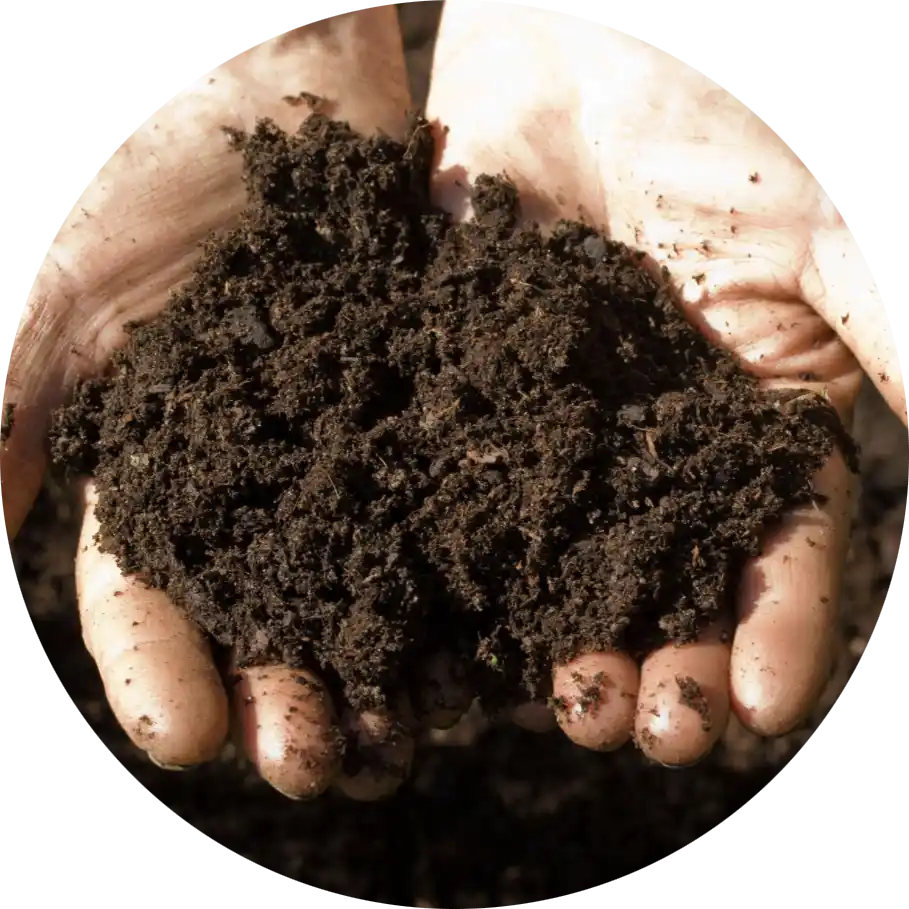
Apply 1/2 inch of compost to all areas, including the lawn, water in well to establish good soil contact. Work compost into the first few inches of the vegetable beds. Hold off mulching vegetable beds until the soil has warmed to 70°F.
LAWNS
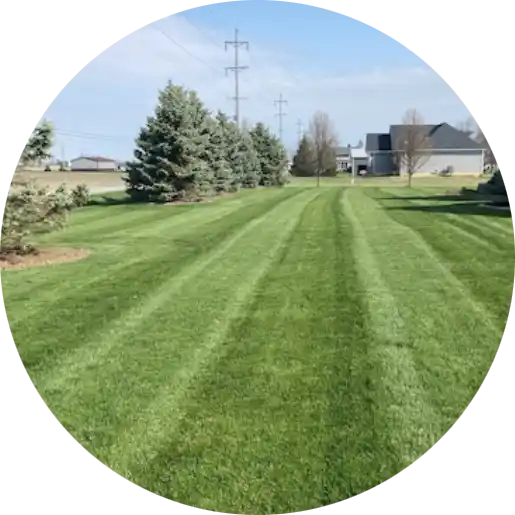
Lay sod for warm-season turfgrasses like Zoysiagrass. Hold off with planting turgrass by seed until April. Mow the lawn if needed. Spot treat for weeds.
DISEASE/PEST
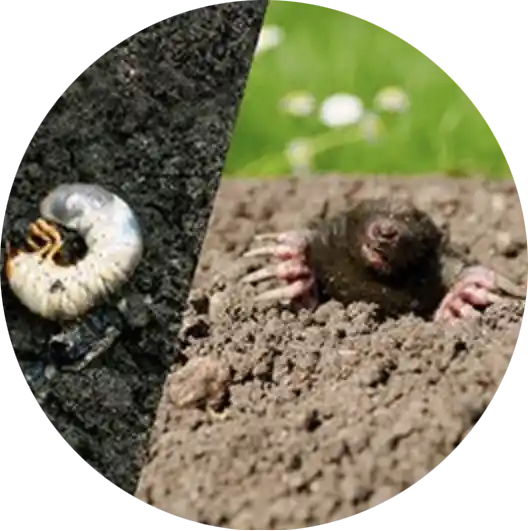
Aphids and caterpillars start to appear, and flea beetles may be eating the cole crops. Use blasts of water to control, or investigate other less toxic solutions like insecticidal soap. Reference the Grow Green FAQ sheets for guidance. Monitor new seedlings for cutworms and wrap stems with a 2-inch strip of newspaper to prevent further damage. Destroy soil grubs as you find them. Use horticultural oil to spot treat for scale, taking care to completely coat the infestations. Do not spray oil on new leaves or blossoms. Spray peach and plum trees for curculio weevils when 3/4 of the petals have fallen. You’ll need to repeat three times at two-week intervals.
MAINTENANCE
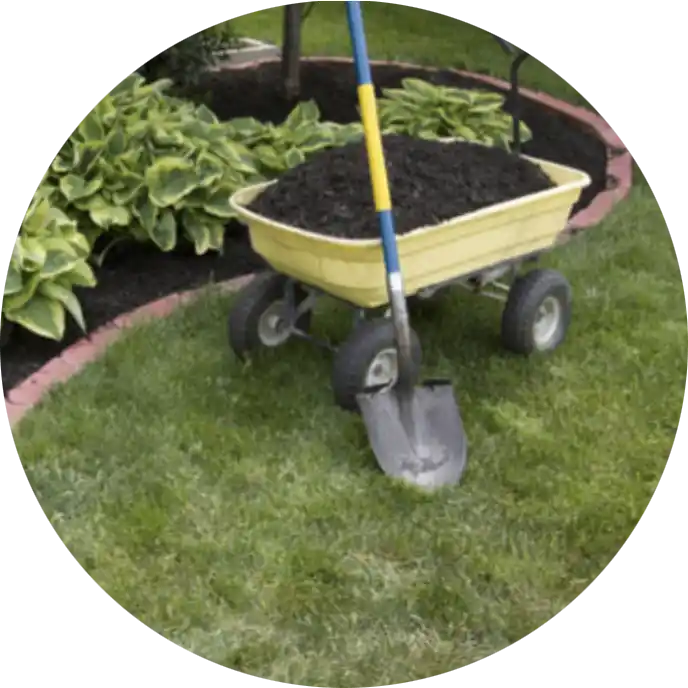
Evaluate and audit your irrigation systems. Check for misaligned or broken spray heads or emitters, misaligned spray heads, improper pressure, and poor overlap. Prune spring blooming shrubs when blooms have faded. Deadhead annual flowers as needed. Train vines as they emerge from dormancy. Don’t let weeds go to seed, pull or chop before they start to flower.
GARDEN
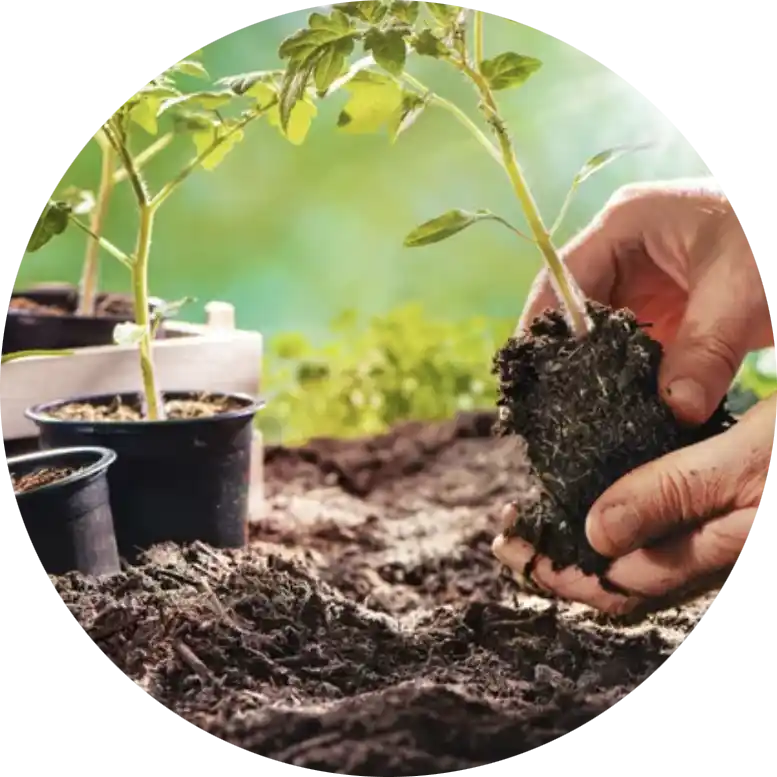
See the full Vegetable Garden Planting Guide (en español) and Vegetable Varieties for Central Texas. Weeding and watering are critical, especially during the first 30-40 days of growth when plants are putting down roots. Transplants should be watered in their pots before transplanting and watered again after planting in the ground. Choose planting beds that provide at least six to eight hours of full sun for optimum growth and production. Strong spring winds can quickly desiccate young seedlings, so monitor water needs of new plantings. Plant seeds of peas and greens early in the month, bush and pole beans, cucumbers, summer squash and winter squash later in the month. Tomatoes, peppers and eggplants should go in the garden as transplants so that flowering and fruit set can occur before temperatures get too hot. Wrap tomato cage with row cover and place over transplants to protect them from wind and cold. Transplant herbs like oregano and thyme late in the month. Mound soil around potatoes leaving the top 6-8” of leaves exposed. Hold off on melons, okra, sweet potatoes, peppers and southern peas until the very end of the month or the first of April once the soil has warmed up to 65° F and the air temperature is between 70° and 85° F. Continue harvesting cool season crops and monitor for pests; as temperatures rise the cool season crops become stressed and attract pests. Pull up and compost cool season crops as soon as they start exhibiting stress. Plant flowers in and around the vegetable garden to attract beneficial insects.
TREECARE
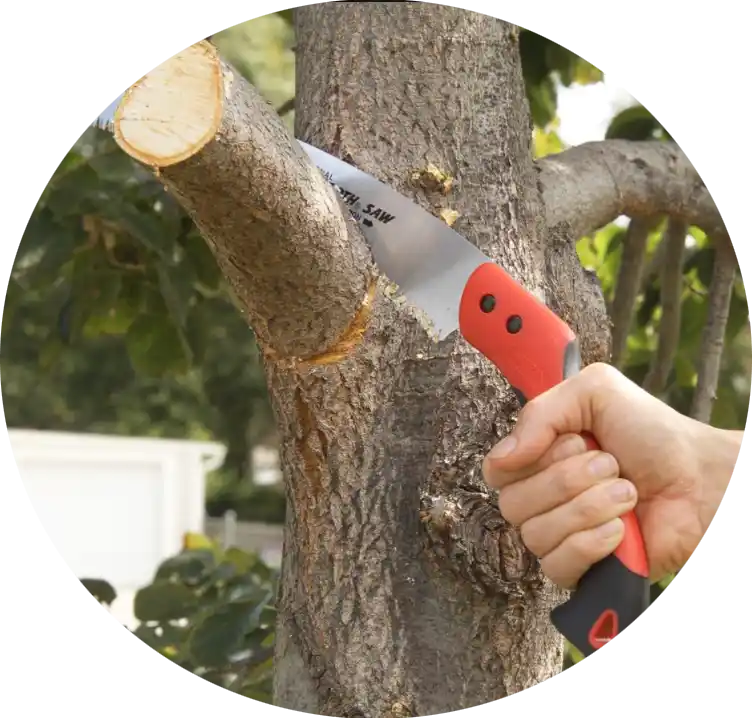
What you can do:
- Remove all protective coverings and winter mulch.
- Check for signs of Borer Activity, scale, aphids and other common pests this season.
- Examine your trees for signs of insect egg masses on the trunk or branches.
Consider requesting a professional to:
- Prune and repair winter damaged trees and shrubs.
- Complete dormant pruning of ornamental and shade trees.
- Dormant oil spray and Systemic Insecticide treatments to help control overwintering insects before they hatch.
- Begin spring liquid fertilization program for trees and shrubs, which will promote new growth.
- Consider Acorn Reduction sprays (30%-50% reduction of acorn drop at 50/ 50 success rate, timing is critical)

